Tabo Monastery
Tabo Monastery, also known as the 'Ajanta of the Himalayas,' is one of the most popular monasteries in the Lahaul and Spiti Valley and was founded more than a millennium back in 996 A.D. This ancient structure stands on the barren, cold, and rocky desert of the Tabo valley at a dizzying height of 3050 meters above sea level. This untouched beauty has preserved the glorious heritage, traditions, and culture of Buddhism through the passage of centuries. According to the Tibetan Calendar, the Tabo Monastery is believed to have been established in the year of the Fire Ape, by a great teacher and translator Lotsawa Rinchen Tsang Po, the king of the western Himalayan Kingdom of Guge.
Structure
A historic treasure of India and a heaven in its own right, the Tabo Gompa, or Buddhist monastery is second in importance only to the Tholing Gompa in Tibet. It was developed as an advanced centre for Buddhist learning and to preserve the Buddhist legacy. The monastery complex comprises 9 temples, 23 chortens, a monk's chamber, and an extension that houses the nun's chamber. Some temples in the complex are regarded as earlier construction, while another group belongs to a later period. The temples in the first group include The Temple of the Enlightened Gods, The Golden Temple, The Mystic Mandala Temple/Initiation Temple, The Bodhisattva Maitreya Temple, and The Temple of Dromton.
Those included in the second group are The Chamber of Picture Treasures, The Large Temple of Dromton, The Mahakala Vajra Bhairava Temple, and The White Temple. The monastery is located on a flat ground and spread over an area of 6300 Sq meters in Tabo village, which is about 46 kms from Kaza. The tourists can stay in Tabo village as it has many small hotels as well as home stays along with eating options that give tourists a more relaxing and comfortable stay.
Highlights
The temple complex of this monastery is declared a national historic treasure of India and is looked after by the Archaeological Survey of India. The temples here house a priceless collection of manuscripts and thangkas (Buddhist scroll paintings), exquisite statues in stuccos, frescos, and murals depicting tales from the Mahayana Buddhist Pantheon. Assembly hallis the important part of this complex, which showcases a four-fold figure of Vairocana, one of the five spiritual sons of Adibuddha, wall paintings that depict the life of Buddha, cave paintings, etc. The paintings in the Tabo monastery are amazingly preserved and are in great condition and this is the reason why tourists visit this place and catch a glimpse of the fine artwork.
Other Attractions in Lahaul and Spity Valley









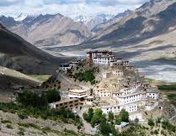

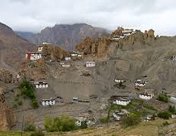
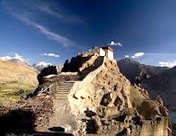
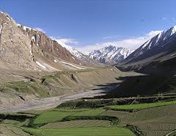
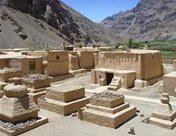
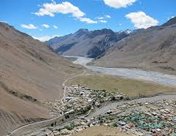
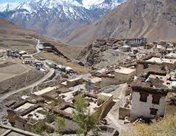
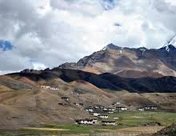
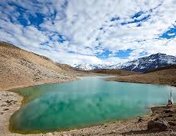
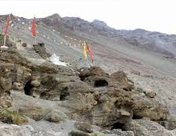
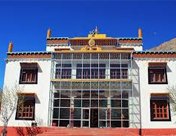
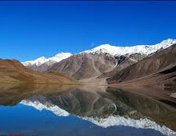
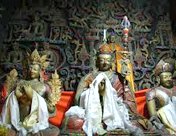
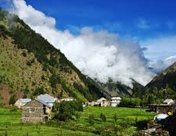
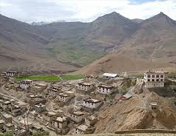
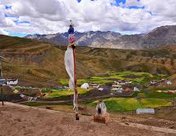

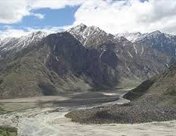
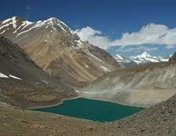

 Plan Trip
Plan Trip Call Us
Call Us Packages
Packages Home
Home